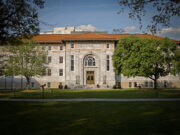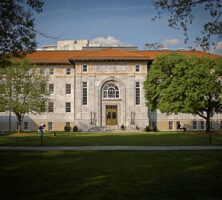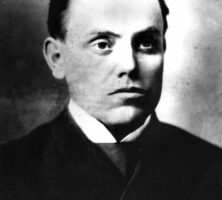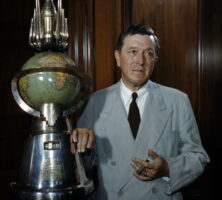As one of the fastest-growing research universities in the United States, Emory University has established a national reputation on the strength of the scholarly achievements of its faculty and students, its highly ranked professional schools, a long-term commitment to the arts and sciences, and the presence of more than seventy cutting-edge research centers that are addressing major social problems.
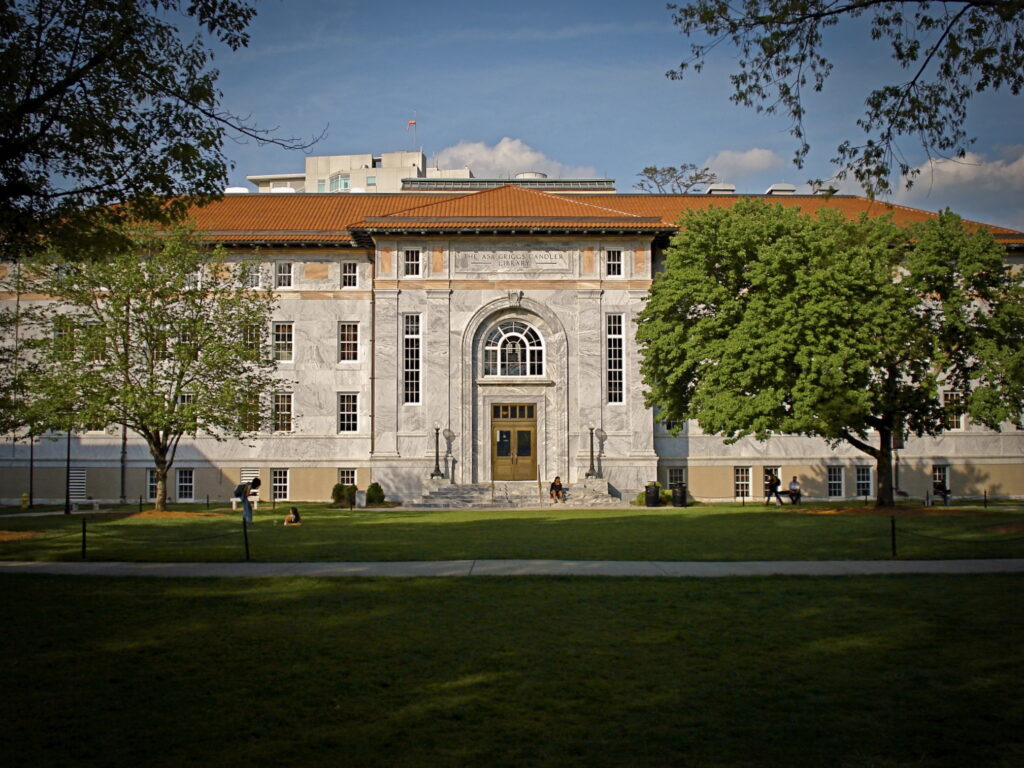
Photograph by Mpspqr
Emory’s scientists have been recognized throughout the world for their pioneering research on the causes and treatment of cancer, AIDS, and such neurodegenerative diseases as Alzheimer’s and Parkinson’s. The faculty of Emory’s humanities and professional schools includes award-winning scholars who help to provide a stimulating environment for students.
Sponsored research at Emory is handsomely funded. Funding from national, state, and private sources has more than quadrupled over the past fifteen years, rising from $54 million in 1987 to $277 million at the end of the 2002 fiscal year.
An important factor in the university’s growth over the last two decades has been its location in urban Atlanta. The 631-acre Emory campus in the historic Druid Hills neighborhood shares the Clifton Corridor with the U.S. Centers for Disease Control and Prevention and the American Cancer Society. A few miles away, the Carter Center, in partnership with Emory, draws an international audience, as does its founder, former president Jimmy Carter, winner of the 2002 Nobel Peace Prize and a member of the Emory faculty. Over the course of twenty years, the Carter Center has been involved in global efforts to prevent and resolve conflict, enhance freedom and democracy, and eradicate disease in poorer countries.
In the last twenty years Emory has extended its ties to the community, creating close links with Atlanta’s neighborhoods, clinics, hospitals, nonprofit organizations, and boardrooms. Emory has also increased its international presence. Its diverse student population of about 11,600 includes students from more than 100 foreign nations, and Emory students can enroll in more than 70 study-abroad programs in locations around the world.
To accommodate its growth, Emory has undergone a physical transformation that has increased classroom and research space while making the campus one of the most environmentally sensitive in the country. The latest additions to the campus include buildings for cancer research, biomedical research, scientific computation, mathematics and science, vaccine research, and the performing arts. A few blocks from the main campus, the Clairmont Campus blends academic and extracurricular life for 1,500 students in a new residential learning community. As one of the three largest private employers in the metropolitan Atlanta area, Emory has approximately 19,200 employees (including 2,700 faculty).
Emory’s five libraries have also seen enormous growth over the 1990s as they increased their holdings to a total of 2.7 million volumes and added access to thousands of electronic information resources. The Stuart A. Rose Manuscript, Archives, and Rare Book Library houses the papers of the British poet Ted Hughes, as well as an extensive Irish collection (W. B. Yeats, Lady Gregory, Maud Gonne, and many contemporary Irish writers). Special Collections also has concentrations on southern imprints and writers (James Dickey and Alfred Uhry, for example), and a growing concentration of African American papers, including the work of activist Malcolm X and the recently acquired Hatch/Billops Collection.
The Michael C. Carlos Museum houses a permanent collection of some 18,000 objects, including art from Egypt, Greece, Rome, the Near East, the Americas, Asia, Africa, and Oceania as well as European and American prints and drawings ranging from the Middle Ages to the twentieth century. Twenty-nine galleries are maintained for permanent collections, and eight galleries present special exhibitions from all periods, featuring the holdings of other nationally and internationally renowned institutions.
Outside the classroom, Emory athletes compete in ten varsity sports for men and women in the National Collegiate Athletic Association Division III and the University Athletic Association. Seventy percent of Emory students compete in intramural, club, and recreational sports, and Emory has more than 200 student organizations.
History
Founded by the Methodist Church in 1836, Emory College was originally located thirty-eight miles east of Atlanta, in Oxford. The original campus is the home of Oxford College, Emory’s two-year undergraduate division, which enrolls approximately 600 students annually, many of whom continue on to Emory’s main campus in Atlanta for their junior and senior years. While Emory maintains its historical affiliation with the United Methodist Church, the university’s programs are entirely nonsectarian (except for those at the Candler School of Theology).
The college was named after John Emory, a popular bishop who was killed in a carriage accident a year before the college was founded. Among the early leaders of the college, Augustus Baldwin Longstreet, who became the second president in 1840, is best remembered today as the author of Georgia Scenes.
In the years following the Civil War (1861-65), Emory, along with the rest of the South, struggled to overcome financial devastation. A key moment in these years came in 1880, when Emory president Atticus G. Haygood preached a Thanksgiving Day sermon entitled “The New South,” in which he urged southerners to put provincialism and illiteracy behind them and to cultivate the growth of industry. The printed sermon later fell into the hands of George I. Seney, a New York banker and Methodist layman, who responded by giving $130,000 to Emory College.
In 1888 Warren Akin Candler, an Emory-educated Methodist minister, became the tenth president of Emory College, forging a strong link between the college and the “first family” of Coca-Cola. When the Methodist Episcopal Church, South, decided to found a university east of the Mississippi River in 1914, Coca-Cola’s president and Warren Candler’s brother, Asa Candler, wrote a letter offering the church a million dollars for use in establishing the school in Atlanta. At the meeting in which Atlanta was chosen as the location, Bishop Warren Candler was named chancellor. Years later, another Coca-Cola president, Robert Woodruff, would become the university’s greatest benefactor.
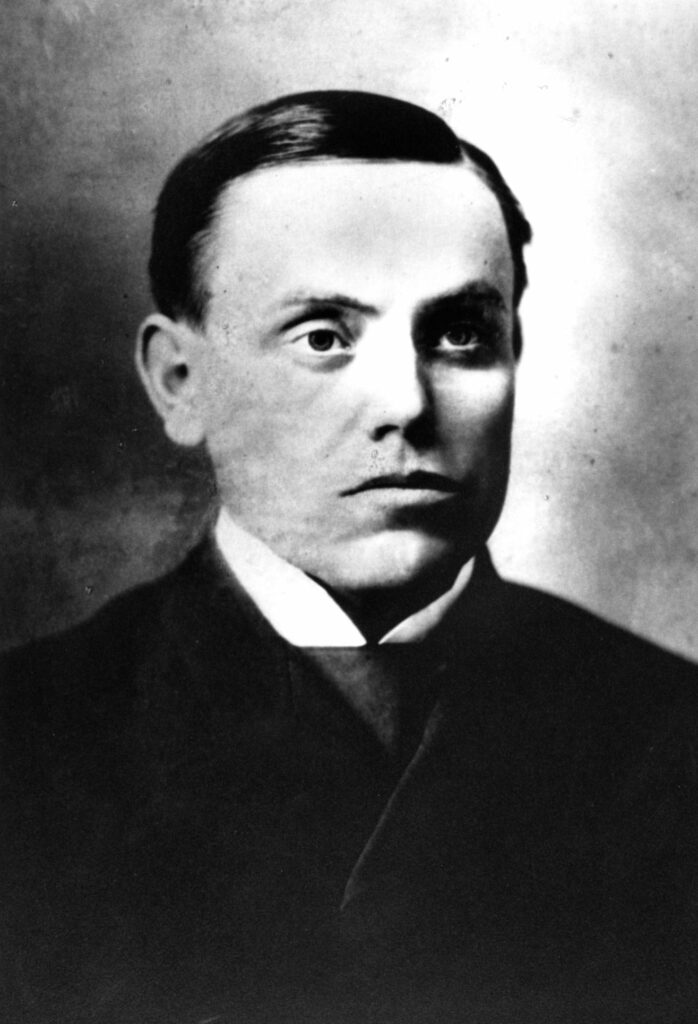
Courtesy of Stuart A. Rose Manuscript, Archives, and Rare Book Library, Emory University.
From the 1920s through the 1970s, Emory University established its reputation as a regional institution that offered a solid education in medicine, law, theology, business, and the liberal arts. Emory began its move into the national ranks of major research universities under the leadership of the university’s fifth president, James Thomas Laney, a Yale University-educated professor of Christian ethics (1977-93).
The catalyst for Emory’s transformation came about in 1979 when the university’s longtime benefactors, Robert W. Woodruff and his brother, George W. Woodruff, gave the university $105 million. At the time it was the largest single donation bestowed on an educational institution in the nation’s history. In 2002 Emory’s total endowment of $4.3 billion was ranked the eighth largest in the nation.
During the mid-1990s the university experienced its greatest building boom under William M. Chace, Emory’s sixth president. Chace envisioned a “walking campus,” with a network of buildings and outdoor spaces that would bring the university closer together. According to the subsequent campus plan, future development of the buildings and grounds would ensure an aesthetic character in keeping with the original 1915 design of the campus by the noted Beaux-Arts architect Henry Hornbostel. Chace was also a strong proponent of encouraging new research centers that crossed traditional academic divisions. Some of Emory’s newest programs include the Center for Behavioral Neuroscience, the Center for the Interdisciplinary Study of Religion, and the Center for Myth and Ritual in American Life.
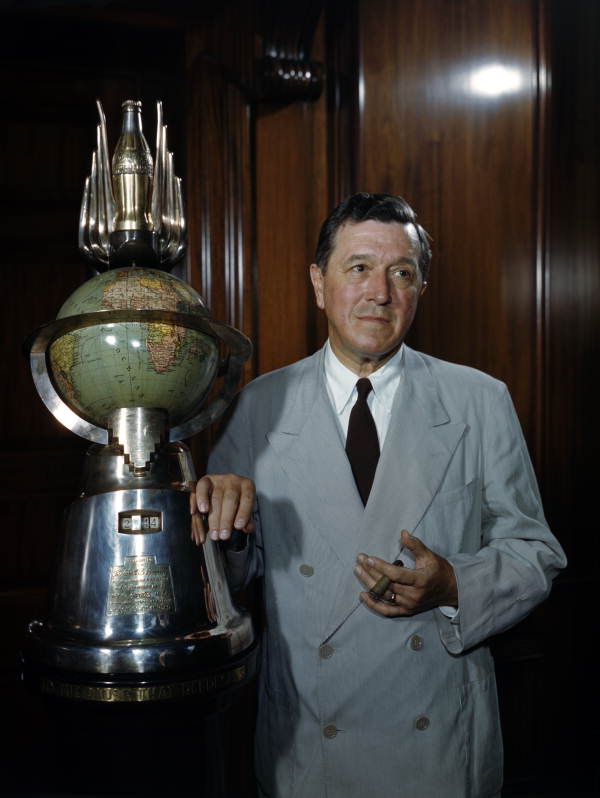
Image from oaktree_b
Arts and Sciences at Emory
Emory College offers its approximately 6,285 undergraduate students (fall 2003 enrollment) the benefits of a small liberal arts college within the context of a major urban research university. The college boasts an outstanding faculty who teach in twenty-nine departments and in the Graduate School of Arts and Sciences or allied professional programs. Emory College offers the B.A. degree in fifty-eight majors and one comajor, the B.S. in ten majors, and minors in forty-three disciplines. The college also provides the first two years of study toward degrees offered by the business and nursing schools.
Oxford College offers an academically equivalent but environmentally distinct option for entering first-year students. Oxford emphasizes a strong grounding in foundational courses, small classes, and faculty dedicated to the needs of students during the critical first two years of college.
The Graduate School of Arts and Sciences offers master’s degrees in twenty-nine departments and divisions across the humanities, the social sciences, and the natural sciences, and offers the Ph.D. degree in twenty-nine divisions. Approximately 1,500 students are enrolled in the Graduate School, with 90 percent in doctoral programs. The graduate faculty numbers more than 650, out of a total university faculty of 2,686 in 2003. Emory’s graduate programs encourage interdisciplinary work within a context of strong disciplinary training.
Robert W. Woodruff Health Sciences Center
The Robert W. Woodruff Health Sciences Center consists of the School of Medicine, the Nell Hodgson Woodruff School of Nursing, the Rollins School of Public Health, the Yerkes National Primate Research Center, and Emory Healthcare (which includes the Emory Clinic, Emory Children’s Center, and Emory University Hospital).
Certainly, one of the circumstances that aided Emory’s growth was the great leap forward by the School of Medicine. In 2000-1 the School of Medicine ranked seventeenth in the nation in volume of federal research grants and contracts, with $158 million. The Medical School employs more than 1,400 full-time medical faculty in basic sciences and clinical departments. As clinicians in Emory’s seven owned or affiliated hospitals, faculty are responsible for approximately 3,000 hospital beds and more than 2 million patient visits annually.
Another area of rapid growth can be seen in Emory’s newest school, the highly ranked Rollins School of Public Health, which has doubled its faculty and tripled its student body since its creation in 1990. As a center for international health research and training, researchers focus on such areas as cancer risk and occurrences, AIDS prevention, minority health, occupational injuries, and reproductive health. Faculty are linked by appointments, shared programs, or research grants with the neighboring Centers for Disease Control and Prevention, and the American Cancer Society, as well as the Carter Center, CARE, and state and local public health agencies.
The Nell Hodgson Woodruff School of Nursing is dedicated to producing nurse leaders through teaching, research, and practice, and the design of innovative health care programs in partnership with communities served by the school. The school, which moved into a new building in 2001, ranks twentieth in the nation for funding from the National Institutes of Health, one of the clearest measures of its research strengths.
Yerkes National Primate Research Center is widely regarded as the flagship of the eight centers sponsored by the National Institutes of Health for biomedical and behavioral research with nonhuman primates. Yerkes has two major facilities in metropolitan Atlanta: a main station with biomedical laboratories and a field station that houses the majority of the center’s 3,400 primates.
In 2002 Emory began a joint doctoral program in biomedical engineering with the Georgia Institute of Technology, and in 2005 the program was named a national Center of Cancer Nanotechnology Excellence and awarded a $20 million grant for cancer research.
Candler School of Theology
With approximately 600 students, the Candler School of Theology is the largest of the thirteen official United Methodist seminaries. The school offers programs leading to the master of divinity, master of theological studies, master of theology, and doctor of theology degrees, as well as joint degree programs in conjunction with the Schools of Business and Law and the master of sacred music program, offered through the university’s graduate program in music. Though Candler typically enrolls students from more than thirty denominations, more than 50 percent are United Methodists. Candler’s full-time faculty of forty-five in 2003 is distinguished for its academic excellence and for its leadership in the church. The school is supported by the resources of the Pitts Theology Library, the second largest theological library in North America.
School of Law
The School of Law enrolls about 655 students and had 53 faculty in 2003. While the regular professional curriculum is a full-time day program leading to the J.D. degree, the school also offers J.D./M.B.A., J.D./M.Div., J.D./M.T.S., and J.D./M.P.H. degree programs in addition to a selective LL.M. program for foreign students. The law school has been a leader in courtroom training for students through its Kessler/Eidson Trial Techniques Program, and Emory students gain hands-on experience as interns in a variety of clinical settings, including the Turner Environmental Law Clinic and the Barton Child Law and Policy Clinic. Emory has an extensive program in international law, with links to a number of institutions abroad. The Law and Religion Program explores the relationship between religion and government and examines questions of religious freedom around the world.
Roberto C. Goizueta Business School
The Roberto C. Goizueta Business School, named for university trustee and Coca-Cola executive Roberto Goizueta, offers an innovative curriculum that integrates scholarship and practical application. Working closely with the business community, the school emphasizes analytical skills, teamwork, fieldwork, and an international perspective. The Goizueta Business School’s 86 faculty members in 2003 teach approximately 525 students enrolled in the B.B.A. degree program and more than 600 students in day and evening M.B.A., Executive M.B.A., one-year accelerated M.B.A., and Ph.D. degree programs. The school also offers joint degrees, including the M.B.A./J.D., the M.B.A./M.Div., the M.B.A./M.N., and the M.B.A./M.P.H. The M.B.A. program features innovative programs such as the International Perspective Course, the Customer Business Development Track, and a number of international exchange programs.


